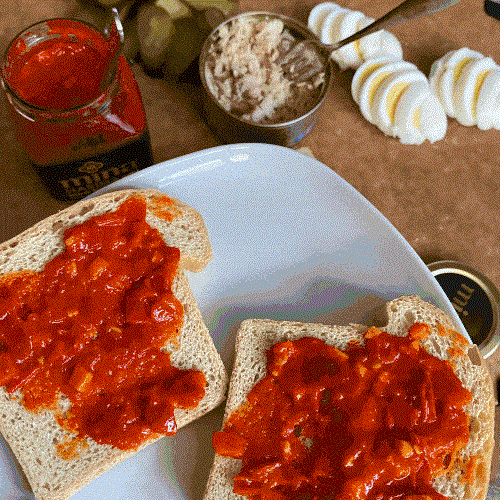COVID-19 and Racial Inequality
This year, COVID-19 has wreaked havoc on society, attacking people’s physical and mental health, livelihoods, and overall sense of security and well-being. The pandemic has worsened already existing economic and social issues, with particularly devastating outcomes for minorities. Black and Hispanic folks are 2x and 1.5x more likely to die from COVID-19, respectively, and Black-owned businesses have shuttered at higher rates over the course of the nationwide shutdown orders.
An increasingly troubling impact of COVID-19 has been the effect on food insecurity, which already disproportionately affects communities of color.
Who Does Food Insecurity Affect?
Food insecurity is defined by the U.S. Department of Agriculture (USDA) as “a household-level economic and social condition of limited or uncertain access to adequate food.” Food insecurity is a national issue even in the best of times; the most recent USDA report on food security showed that 11.1% of households in the US – a whopping 14.3 million households – experienced food insecurity at some point throughout 2018.
To break that figure down even further, 21.2% of Black households, 16.2% of Hispanic households, and 13.9% of households with children experienced some form of food insecurity in 2018 (the figures are even more troubling for Black and Hispanic families with children, as well as single-mother led households).
A recent COVID Impact Survey showed that this April, more than 20% of all households were experiencing food insecurity – double the rate of 2018. As the crisis continues, food insecurity will continue to disproportionately impact families with children. This is, in large part, due to reliance by many on schools as critical food sources. In 2018 alone, almost 2.4 billion breakfasts and 5 billion lunches were served in school cafeterias. About 75% of those lunches were provided for free or at a reduced price through the National School Lunch Program.
With schools shuttered across the country, how do we guarantee that our children are getting the nutrition they need to survive and thrive? For parents concerned about the environment and climate change, how do you avoid compromising on issues you care about while you focus on your family’s basic needs?
Creative solutions are required to ensure that kids don’t go hungry.
What Are Some Solutions to Food Insecurity?
The Federal and State governments are doing quite a bit to address the current food insecurity crisis, although there is always more need. One promising federal initiative is the Pandemic EBT, which provides cash – about $100 per child per month, in the form of SNAP credits – to families with children who qualify for a free or reduced-price meal program at their schools.
As families are tightening their belts and stretching their (often already thinly stretched) dollars, it’s more important than ever to make sure that they have access to nutritious, sustainably sourced food that they can feel good about feeding their kids.Can Sustainable Seafood Help Combat Food Insecurity?
Luckily, there are many seafood products that feature the MSC blue fish label – an easy way for consumers to know that the seafood is sustainable and traceable – available under entitlement programs such as SNAP and WIC, so parents don’t have to sacrifice their values at the grocery store or food pantry.
The recipe below uses MSC-certified products and other ingredients that can be purchased through SNAP and WIC, and that can be prepared for less than $5 per serving. Recognizing that parents have a lot on their minds now, I hope having this simple recipe on hand will provide some comfort and much-needed stress relief.Easy Recipe: Tunisian Sandwich

Servings
Recipe makes two sandwiches
Ingredients
- 4 pieces of your choice of bread, toasted
- 2 tbsp Harissa (spicy or mild, depending on preference!)
- 1/2 can of MSC blue fish-labeled tuna
- 1 hard boiled egg, sliced
- 1 medium pickle, sliced
Preparation
Toast your bread until golden brown (around 4-6 minutes on medium-high setting). Spread 1 tbsp of Harissa across two slices of bread evenly. Add slices of hard boiled eggs on one slice, and your MSC blue fish labeled tuna (I used American Tuna in this recipe!). Add pickles on top of your egg, close your sandwich, and enjoy!
About the Author
Arielle Gorstein received her Masters of Public Health from Johns Hopkins University. She is a Senior Associate at ideas42, a behavioral design firm that develops, delivers, and tests programs aimed at achieving social good. Arielle is passionate about all things food, and shares this passion with the world through her “foodstagram” @LifeIsFoodieful.


